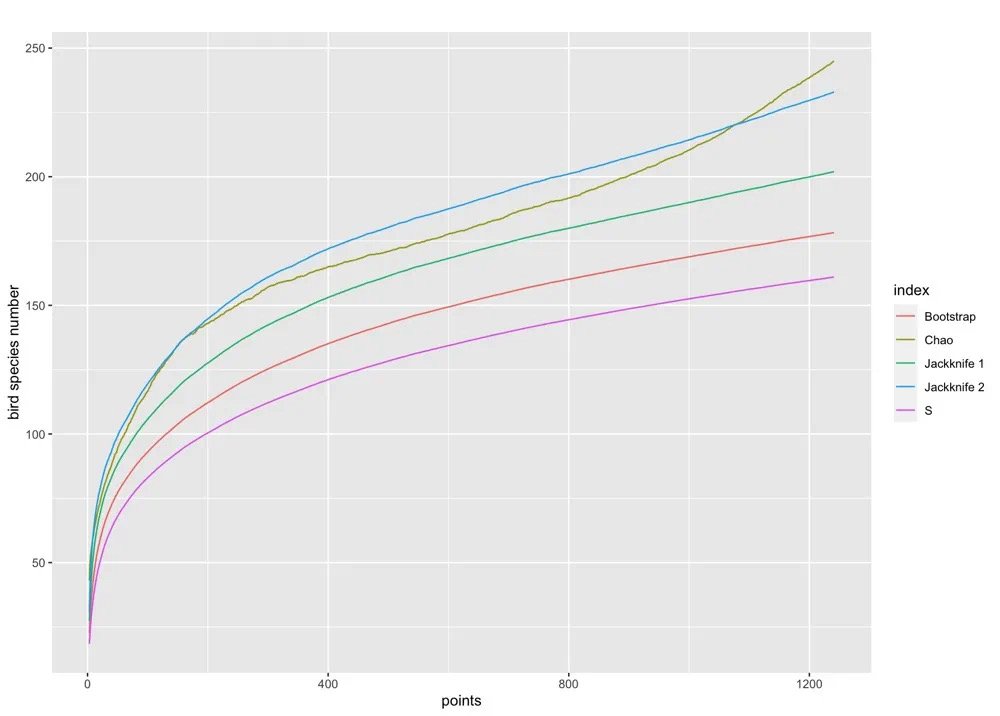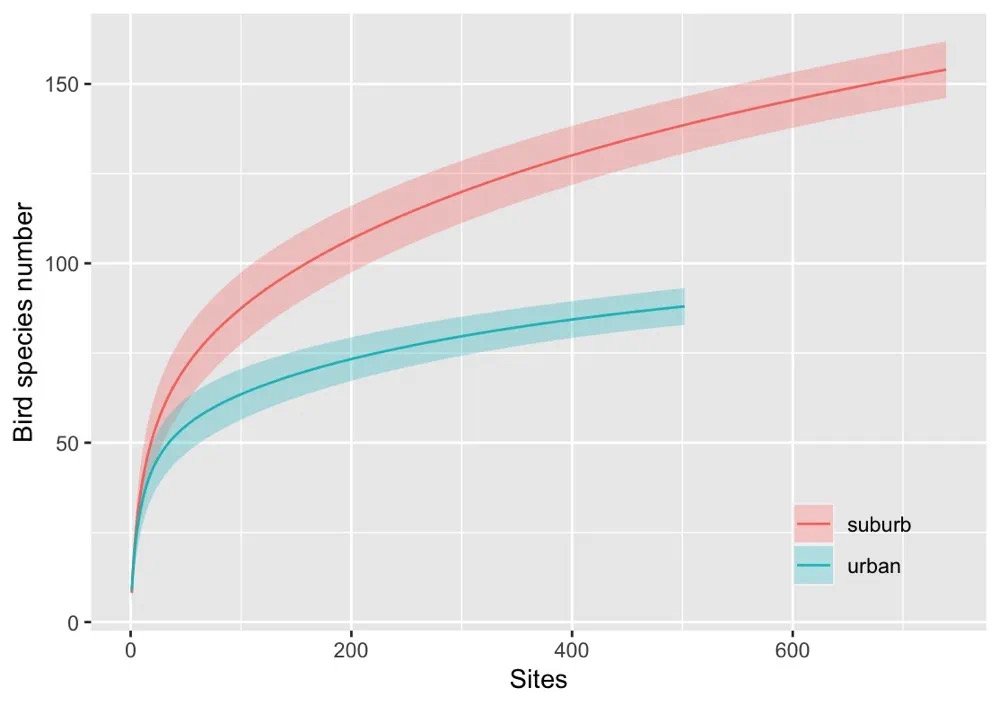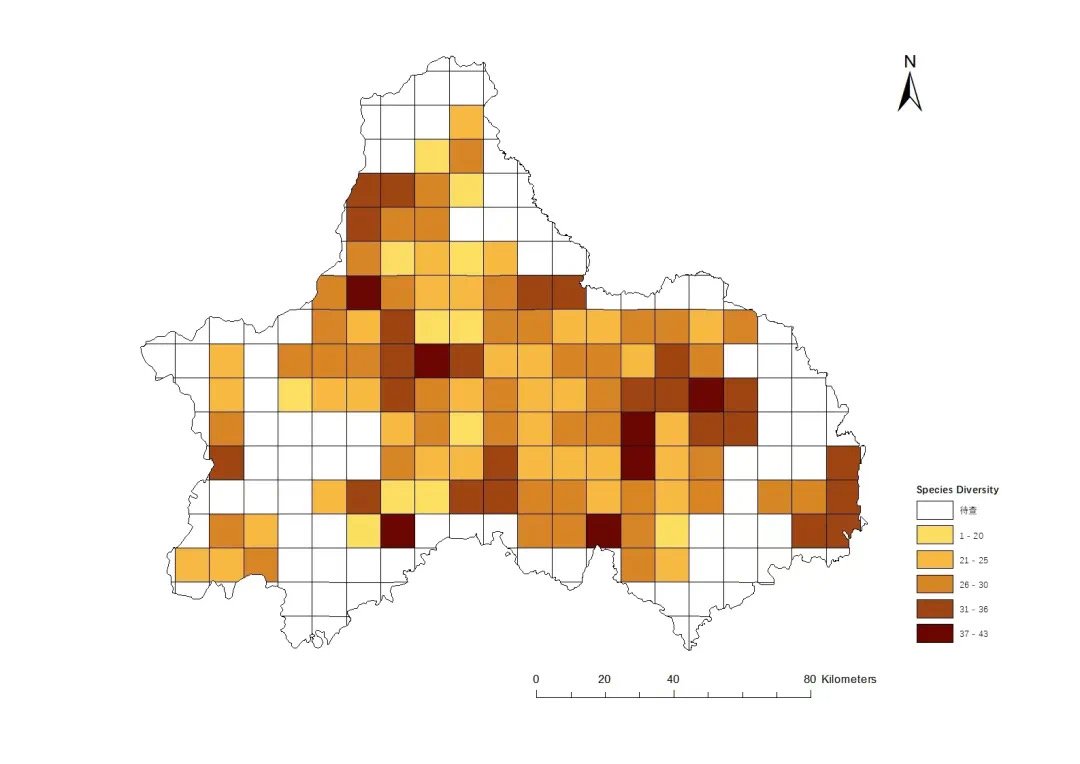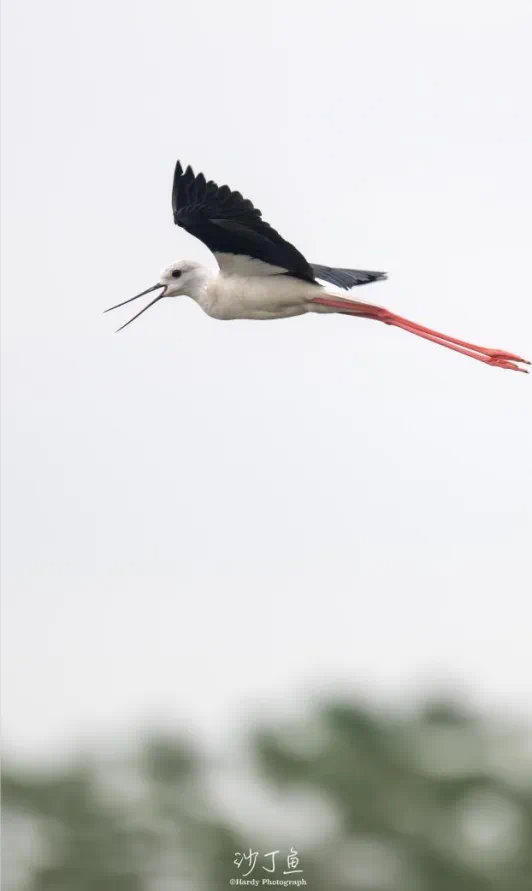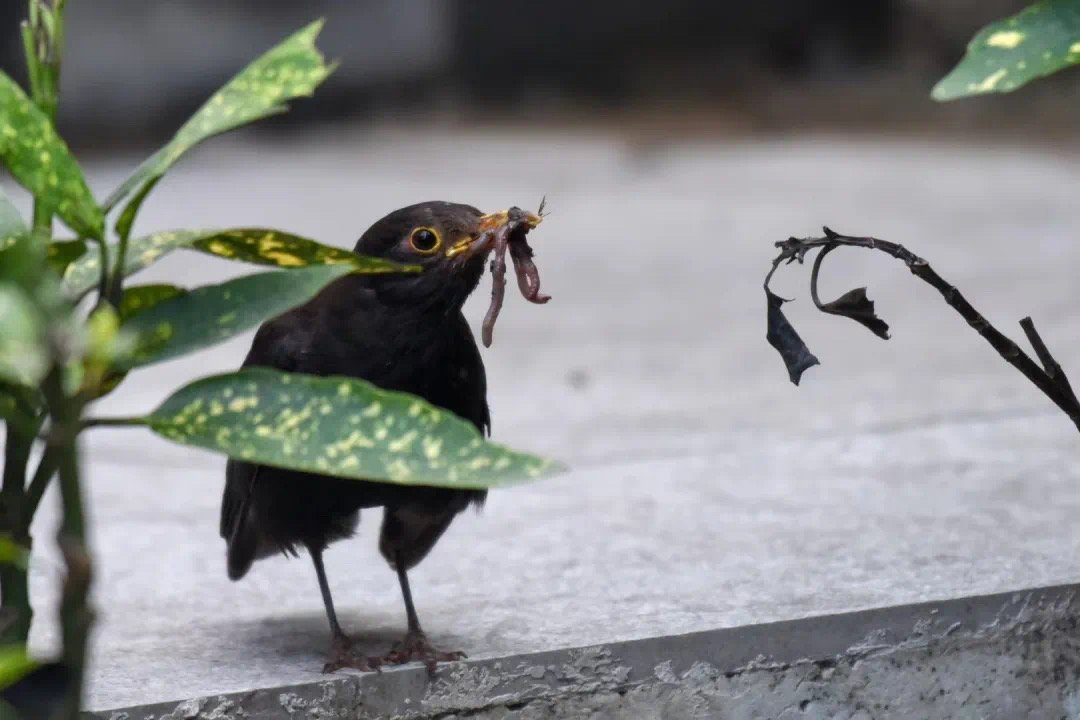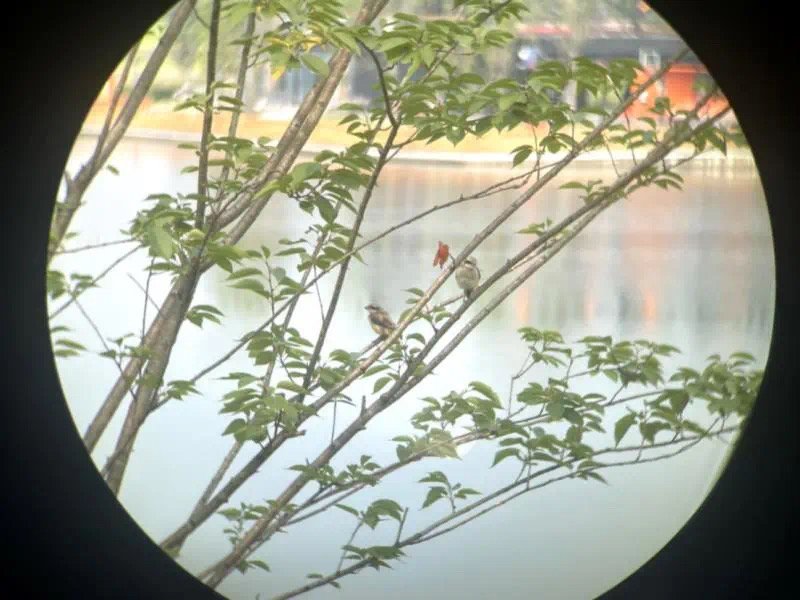🪺10.4 CBBS: 2023 Chengdu Bird Breeding Survey Results Released!
Do you know how many bird species have settled in Chengdu this summer?
Which species has the largest population? Which rare and endangered bird species can be found?
Where in Chengdu are the most bird species found, and where is the highest number of birds located?
After more than two months of relentless effort and the establishment of 1,241 survey points, we have conducted the first systematic survey and statistics on the species and number of breeding birds within 120 survey areas in Chengdu. The total area of the surveyed zones is 8,461 square kilometers, accounting for 59% of Chengdu's total area, covering most of the plains and some mid-mountain areas with altitudes ranging from 381 to 2,060 meters. The 2023 Chengdu breeding bird survey has come to a temporary conclusion. The analysis of the survey data has provided a more comprehensive and in-depth understanding of the species, numbers, and distribution of breeding birds in Chengdu.
Figure 1.1 The progress animation of breeding birds
How many species of birds breed in Chengdu?
During this survey, a total of 165 bird species were recorded, belonging to 15 orders, 54 families, and 120 genera, accounting for 29.20% of the bird species in Chengdu (Que Pinjia et al., "Chengdu Bird List 2023 Edition"). Among these, the majority were passerines, with a total of 107 species, making up 64.85% of the recorded bird species. Based on further statistical analysis, it is estimated that there may be as many as 245 bird species actually breeding within the Chengdu area.
Figure 2.1 Cumulative curve of bird species breeding in Chengdu
Which rare and endangered bird species are there?
This survey recorded a total of 19 species of wild animals under national second-class protection, including the Osprey (Pandion haliaetus), Crested Serpent Eagle (Spilornis cheela), Oriental Honey-buzzard (Pernis ptilorhynchus), Black Baza (Aviceda leuphotes), Jerdon's Baza (Aviceda jerdoni), Crested Goshawk (Accipiter trivirgatus), Besra (Accipiter virgatus), Eurasian Kestrel (Falco tinnunculus), Mandarin Duck (Aix galericulata), Cotton Pygmy-goose (Nettapus coromandelianus), Wedge-tailed Green Pigeon (Treron sphenurus), and Oriental Scops Owl (Otus sunia). The Cotton Pygmy-goose (Nettapus coromandelianus) has also been assessed as an endangered (EN) species in the "China Red List of Biodiversity." The White-throated Kingfisher (Halcyon smyrnensis) is listed as a vulnerable (VU) species in the "IUCN Red List of Threatened Species." In addition, this survey recorded five bird species endemic to China, namely the Chinese Bamboo Partridge (Bambusicola thoracicus), Yellow-bellied Tit (Pardaliparus venustulus), Sichuan Bush Warbler (Locustella chengi), Rufous-tailed Babbler (Garrulax ruficeps), and Common Blackbird (Turdus merula).
Figure 3.1 Cotton Pygmy-goose (Nettapus coromandelianus)
During the survey, a total of how many bird species were recorded?
During this survey, a total of 28,734 wild bird individuals were recorded within the sample point survey area. The ten most abundant species were as follows: Garrulax leucolophus (White-cheeked Laughingthrush) with 4144 individuals, accounting for 14.4%; Pycnonotus sinensis (Light-vented Bulbul) with 3852 individuals, accounting for 13.4%; Passer montanus (Eurasian Tree Sparrow) with 2243 individuals, accounting for 7.8%; Delichon urbicum (House Swift) with 1594 individuals, accounting for 5.5%; Streptopelia decaocto (Eurasian Collared Dove) with 1578 individuals, accounting for 5.5%; Aegithalos concinnus (Red-headed Tit) with 1456 individuals, accounting for 5.1%; Egretta garzetta (Little Egret) with 1079 individuals, accounting for 3.8%; Spinus spinus (Eurasian Siskin) with 774 individuals, accounting for 2.7%; Lanius cristatus (Brown Shrike) with 724 individuals, accounting for 2.5%; Turdus merula (Eurasian Blackbird) with 693 individuals, accounting for 2.4%.
Where were the birds most abundant?
During the survey, 88 bird species were recorded in the central urban area. In contrast, the complex and diverse habitat environments in the suburbs of Chengdu provided more suitable breeding conditions for a greater diversity of bird species, totaling 154 species recorded. Birds breeding in the central urban area exhibited higher density and greater numbers.
Figure 4.1 The cumulative species curve of birds in urban and suburban areas of Chengdu (Avifauna)
Figure 4.2 Avian Species Distribution Map
Figure 4.3 Avian Population Distribution Map
In this survey, apart from documenting relatively rare birds such as the Reeves's pheasant, Eurasian wigeon, Sichuan bush warbler, and Oriental turtle dove, researchers also recorded successfully fledged crested ibises and black-winged stilts. In an incident where we were unaware, we heard the alarm calls of the black-winged stilt and were driven away by the birds, who were protecting their young near the roadside bushes. We quickly retreated after observing the nestlings from a distance, minimizing disturbance to both the parent birds and their offspring.
Figure 5.1 shows black-winged stilts driving away humans who approached too closely.
Figure 5.2 depicts a family of black-winged stilts.
In urban green spaces, interesting scenes of blackbirds raising their chicks were also recorded. Observers frequently witnessed blackbirds returning to their nests with mouths full of earthworms to feed their young, often humorously referred to as "worm faces," which oddly look appetizing. There were also sightings of juvenile tiger shrikes in summer, standing on branches with their stubby tails wagging, begging for food from their parents, which was incredibly cute despite their reputation as fierce "butcher birds" due to their diet of insects and small vertebrates. In July, under the scorching sun, we marveled at the birds' ability to forage outdoors, while the birds seemed surprised by humans venturing out to observe them. Many fledglings had already molted their downy feathers for flashy plumage that their parents hardly recognized, making bird identification even more challenging. Without seeing the busy parent birds constantly feeding their young, it would be easy to mistake them for unidentified intruders, disturb them, and politely take leave... Through this year's pilot survey, we have gained a preliminary understanding of the breeding bird population in Chengdu, accumulating valuable experience. We look forward to redoubling our efforts next year to complete surveys in the remaining 40% of the area, aiming for a more comprehensive grasp of Chengdu's bird diversity and ecological environment, thereby contributing to biodiversity conservation in Chengdu.
指导单位:
成都市公园城市建设管理局
主办单位:
成都市自然保护地和野生动植物保护中心
承办单位(排名不分先后):
成都观鸟会
西南山地
支持单位(排名不分先后):
成都乡野走廊
成都在河处
四川山木自然
麓湖社区基金会
东坡·社区自然学校
青羊区光华街道东坡路社区
成都市泡桐树小学西区分校
特别感谢大熊猫繁育研究基地阙品甲副研究员为本次活动提供技术支持。
Congrats to our team! And pat on the back for entering and analyzing data Chloe! Lots of work but worth it at this moment!


